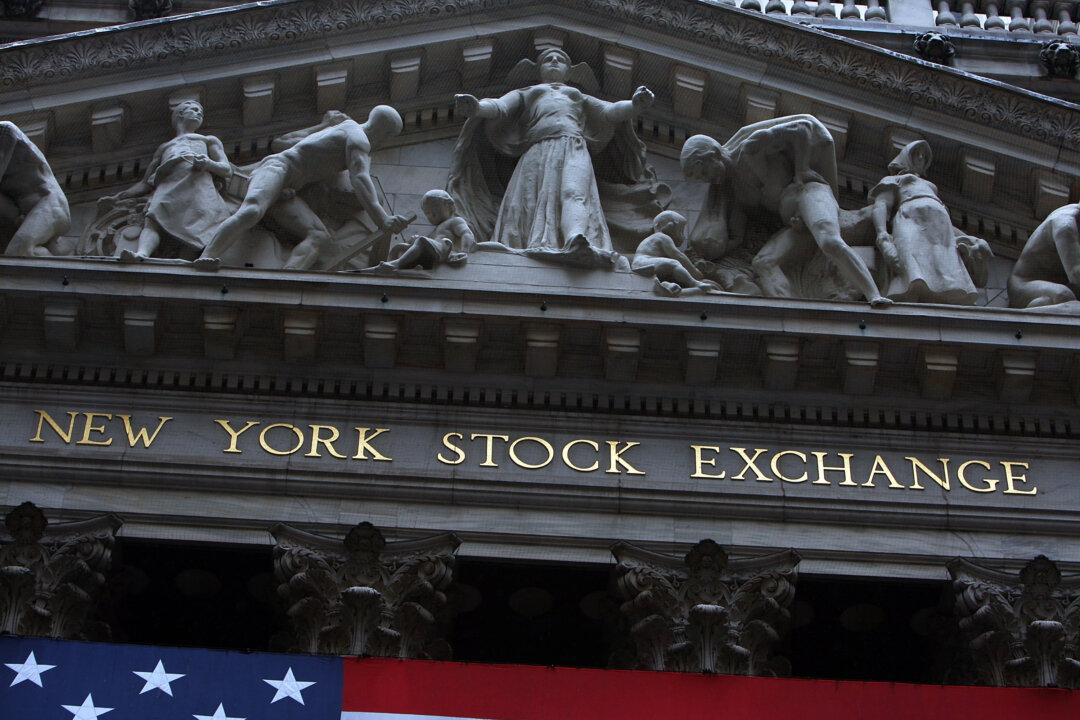When a rare event occurs, it’s often labeled as a once-in-a-lifetime happening or an occurrence so infrequent that we may never witness it again.
When it comes to investing in the stock market, it’s almost as if this rare event is so unpredictable and impossible to foresee that it somehow excuses the fact that many market strategists and money managers don’t have a plan to deal with or respond to it. Some will argue that the historically reliable yardsticks of the past are no longer valid in these instances, while others will proffer that the market is in unchartered waters. What good is that? The fact is that the event is occurring! So while this all may be true, the bottom line is that the reasons why your portfolio is worth what it’s worth, after all is said and done, really don’t matter. The results are the results, whether good or bad. The market doesn’t care. This is the cold reality of the investment business, like it or not.
Still, I can’t help but think about all those folks who worked so hard for their money and watched the value of their portfolios sink substantially during a nasty bear market span, not to mention other instances that I have painfully witnessed over the decades. That’s the reason I wrote this book.





